On the Southwest coast of Vancouver Island, around a 2-hour and 15-minute drive from Victoria, lies the Juan de Fuca Provincial Park and one of its most exciting treasures: the biodiverse tide pool wonderland of Botanical Beach.
Botanical Beach in Port Renfrew, is the end point – or starting point – for the Juan de Fuca Trail, a 47 km cousin of the famous West Coast Trail, that lies just a little further north so you may see backpackers coming or going if it’s spring, summer or fall.
Botanical Beach, which is most certainly not a beach by most standards, offers really great opportunities to view intertidal marine creatures and is on my list of one of the top ten things to do on Vancouver Island.
It is one of the most amazing places on the entire West Coast, particularly at low tide. This is when you can walk a long way out across flat sandstone and granite outcroppings to view tide pools filled like jewel boxes with brightly coloured marine animals. Purple, red and orange starfish and sea urchins, blue mussel shells, white gooseneck barnacles, and green sea anemones only begin to hint at the spectrum of intertidal life that thrives here.
The walk down to Botanical Beach is 1.5kms from the parking lot. The best way to ensure that you see everything that the rich area has to offer is the convenient Botanical Beach Loop Trail.
Even if you are not the hiking sort, this gorgeous 2.7 kilometre hike is not too demanding and is excellently maintained. You will encounter a few slopes but also lush stretches of atmospheric rainforest and unforgettable ocean views. As a loop trail, the whole thing begins exactly where you started.
Starting from the parking lot, you will have two options. The left side will take you to Botanical Beach first, while the right will head to Botany Bay first – which is alike in landscape, just not in name.
How to get here
To get there, travel along Highway 14, a winding coastal route that ends in Port Renfrew, 104 km from Victoria. Then find your way to the beach along the same rough road used for most of this century. The distance from the dock in Port Renfrew to the beach is 5 km and the walk down is lush and fairly steep.
Plan ahead so that you visit here when the tide is falling.
The thing that makes the tide pools here so fascinating is their inseparable relationship to the ever-changing movements of the tide. These movements mean that the organisms there build their lives around the shifting rhythms of food availability, predator risk, temperatures, and water salinity. This also means that you need to plan wisely if you are going to make the most of your visit to Botanical Beach.
At this point on the coast there is often only one major tide per day, and you can spend several hours waiting for it to recede if you arrive at the wrong time. The best local tide chart to consult is the one issued for Tofino. The store at the Port Renfrew Hotel is a good local source; so is Parks Canada’s West Coast Trail office in Port Renfrew, as well as the Sooke Info Centre.
We arrived at 8 am, just as the tide was at it’s lowest ebb and that planning was well worth getting up early to leave at 6 am to arrive just in time. Once you are there, shale and quartz jut up through the basalt to create immense rock sculptures in places such as the awe-inspiring Devil’s Punchbowl.
Fantastic Creatures and Where to Find Them
As well as incredibly biodiverse tidal pools, Botanical Beach also covers 251 hectares of biologically rich upland habitat and stunning geological features. For this reason, the whole area is a protected zone – so ensure you leave no trace!
During the low tide, you will be able to freely walk far out across granite and sandstone outcroppings to feast your eyes on pools teeming with multicoloured sea urchins and starfish, blue mussels, green sea anemones, sea cucumbers, white gooseneck barnacles, coralline algae, various snails and periwinkles, and a variety of species of tide-pool-dwelling fish.
You will need definitely need either sturdy rubber boots, waterproof hiking boots, or proper sea shoes, as the way will always be wet, and there are plenty of slippery, jagged rocks and outcrops with the potential for a day-spoiling injury.
—
The Punchbowl, which Yim is standing in below, is flanked by smaller bowls on either side, features a gallery of caves rising above two huge cedar logs and a field of driftwood kindling. Although you wouldn’t want to be anywhere near here at high tide, it’s interesting to imagine how conditions must boil in there during winter storms. These formations are located at the north end of the sandy beach and require some scrambling to reach.
It’s not unusual to spot black bears in early spring on some of the beaches as well. We have seen them each time we visit. Bears are unpredictable and potentially dangerous animals, especially when they emerge hungry from winter denning. If you see a bear, back away slowly. Do not leave food or garbage lying around: a fed bear is a dead bear.
This is a fantastic day trip.
Port Renfrew
Port Renfrew Port Renfrew is a remote west coast destination with a small-town allure and a very small selection of places to eat and activities. Accommodation options in Port Renfrew mainly consist of contained vacation rentals, but there’s also a small selection of campgrounds and small hotels. It is widely known as a sport fishing mecca where experienced guides know exactly where the salmon and halibut are biting.
There are two must-sees here: The tidal pools at Botanical Beach and Avatar Grove’s Western Red Cedar and Douglas Fir giants.
From here, the Pacific Marine Circle Route continues through the Island’s interior past Cowichan Lake before looping back to the South Island, which in and of itself, is a very interesting drive and worth taking.
Port Renfrew is an idyllic west coast destination with a remote, small-town allure with a small selection of great places to eat and activities. Accommodation options in Port Renfrew mainly consist of contained vacation rentals, but there’s also a small selection of campgrounds and small hotels.

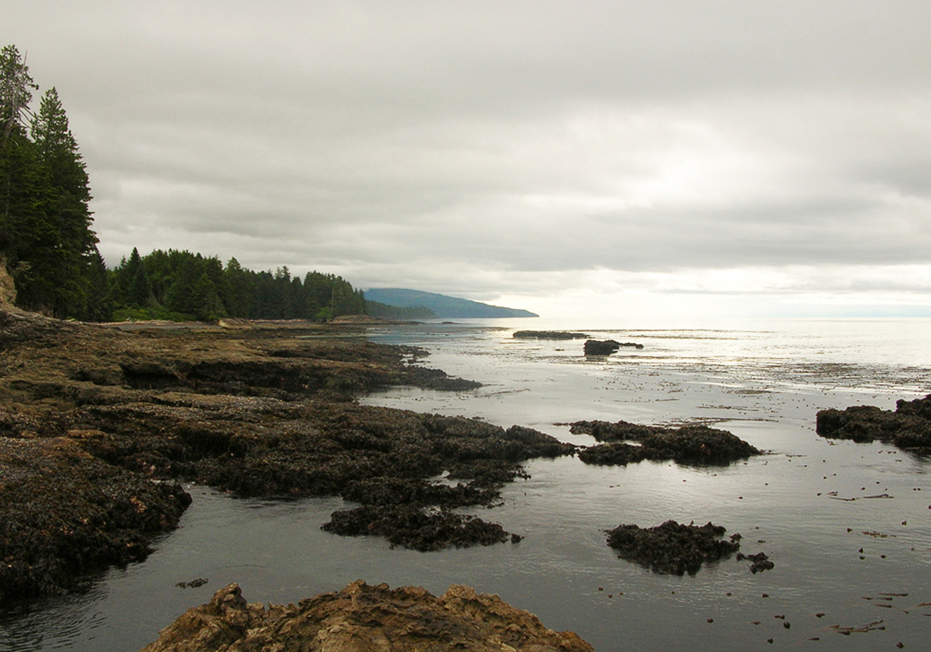
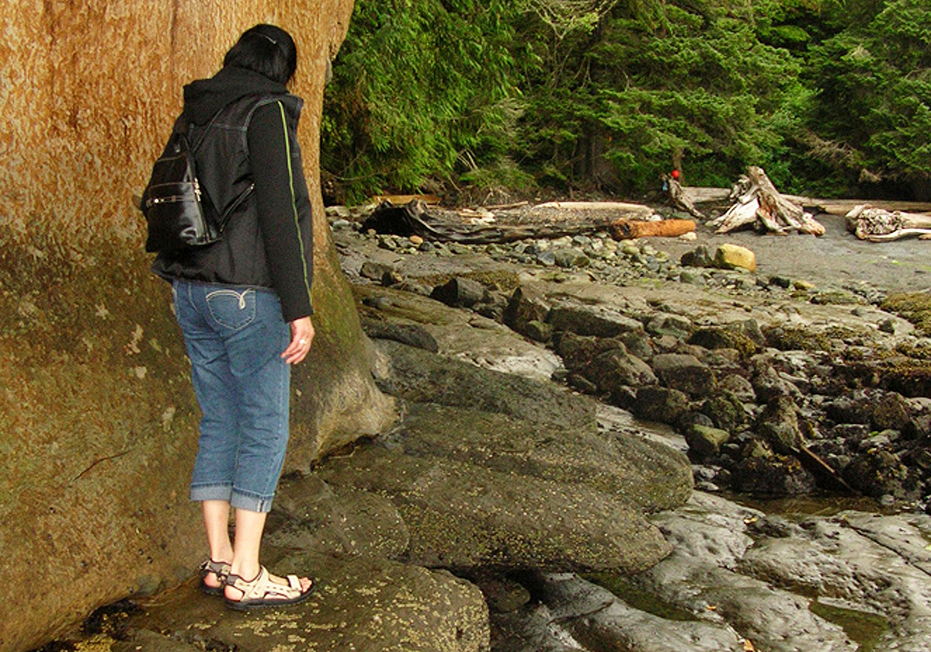

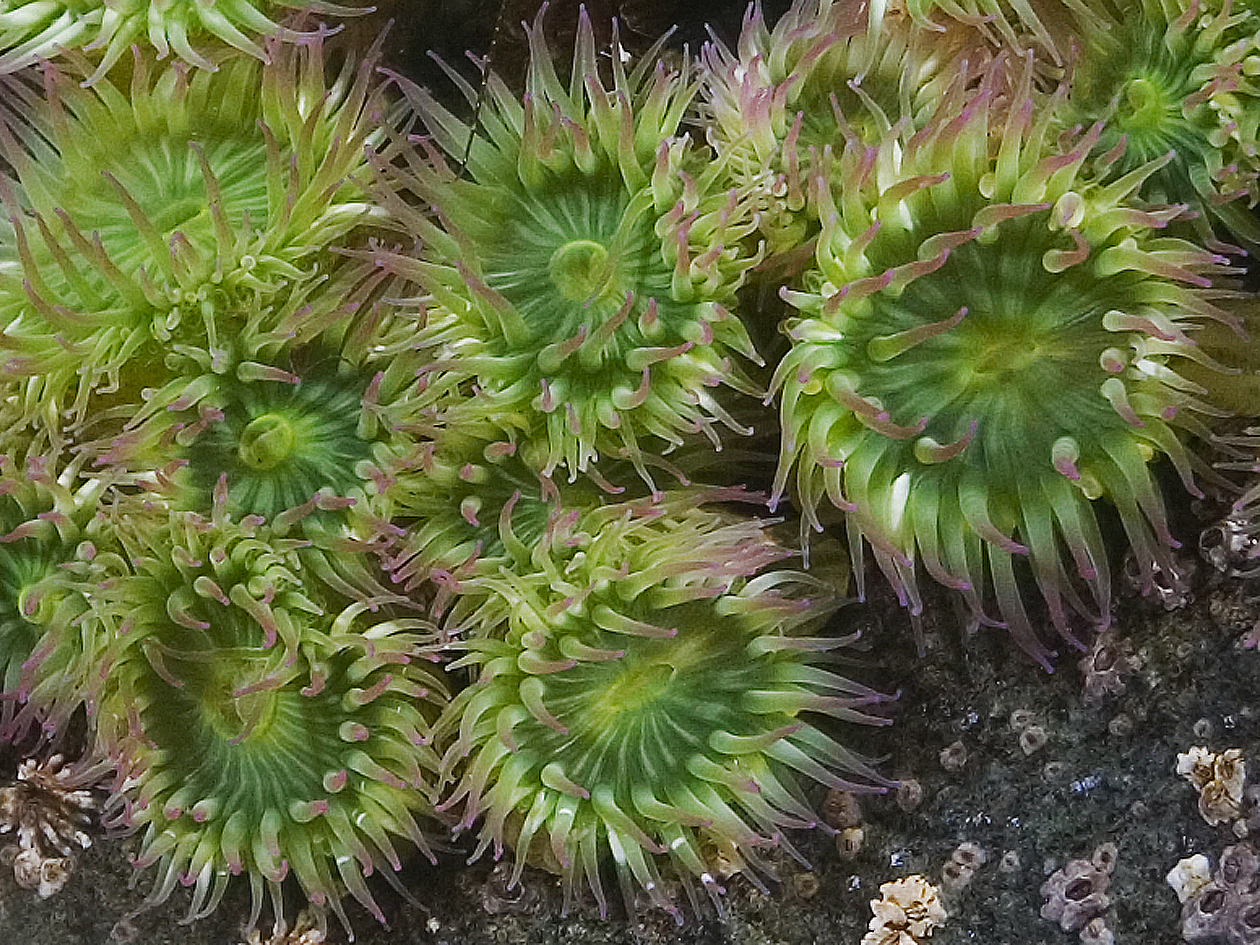
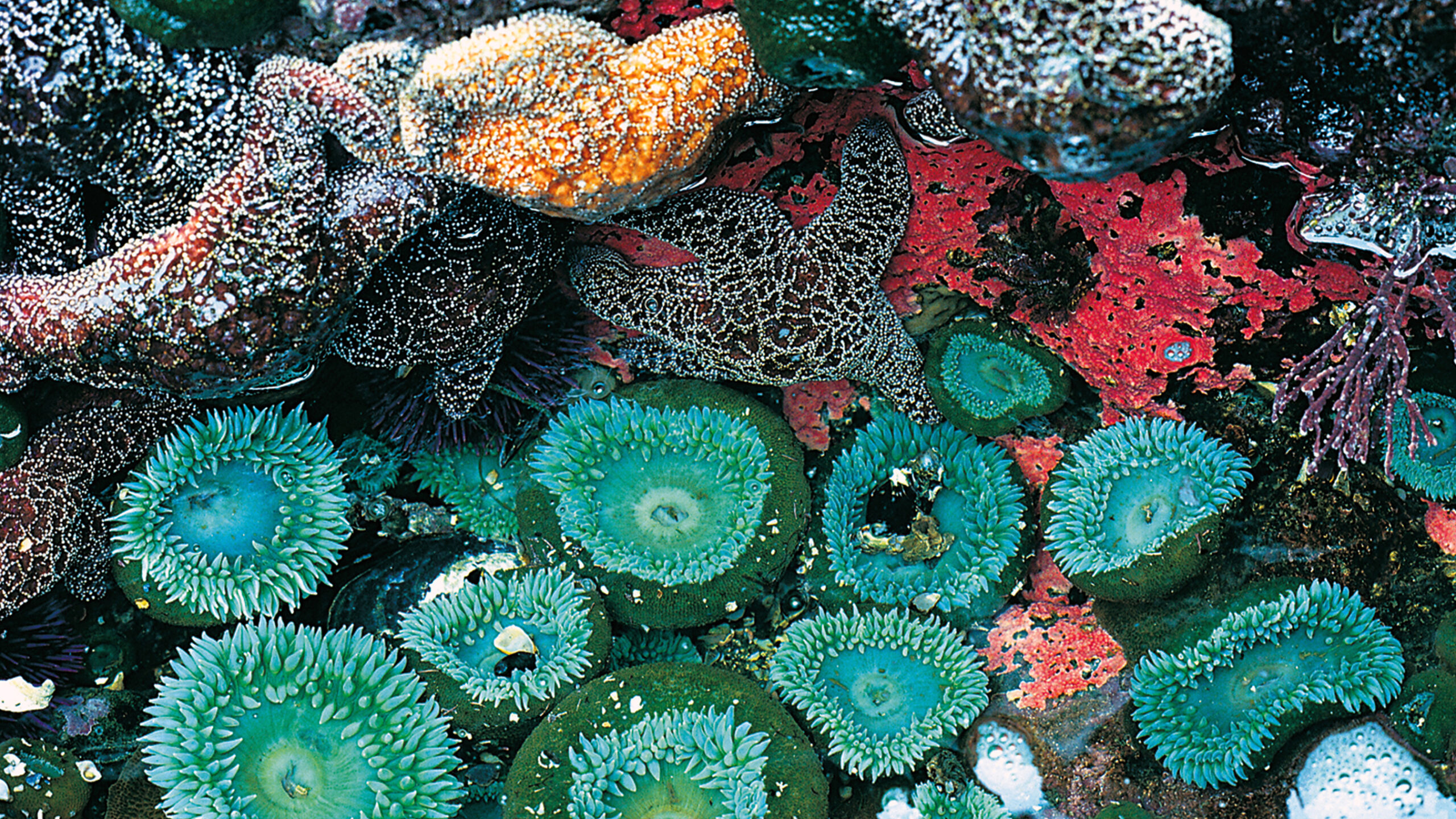
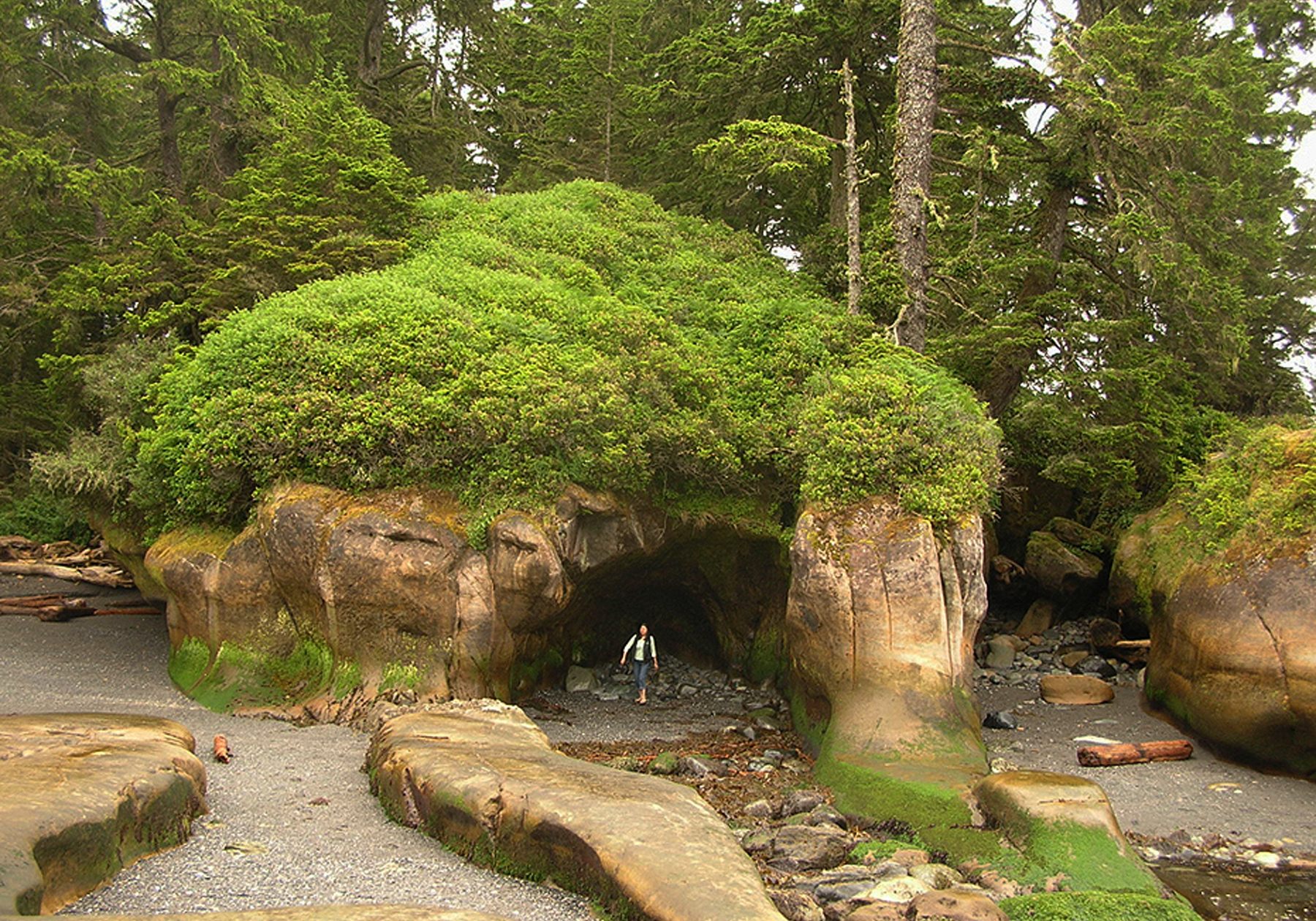

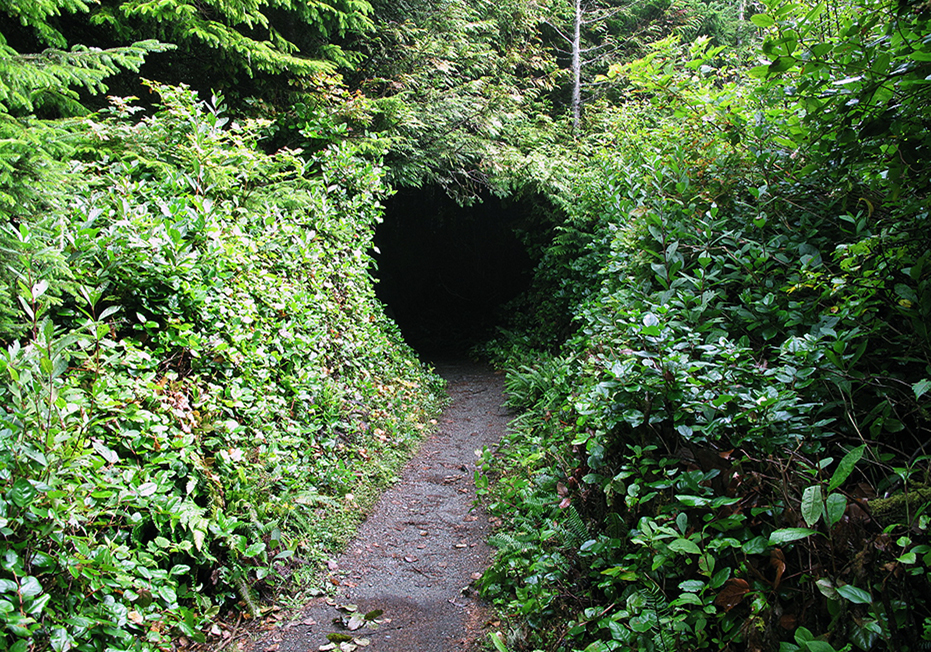


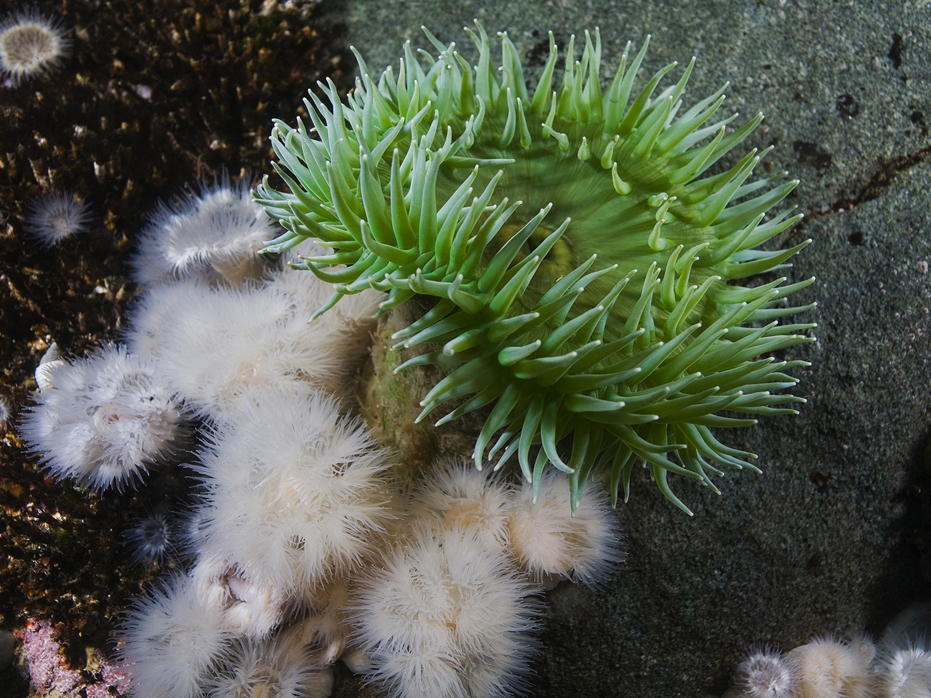


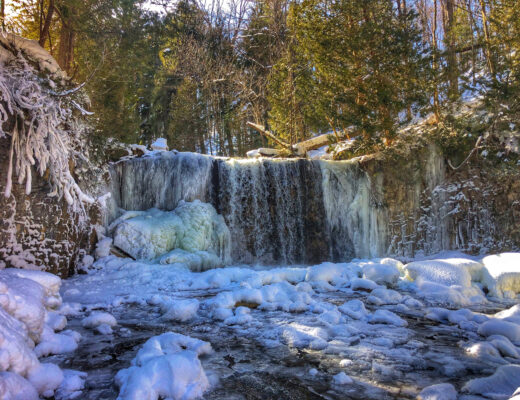
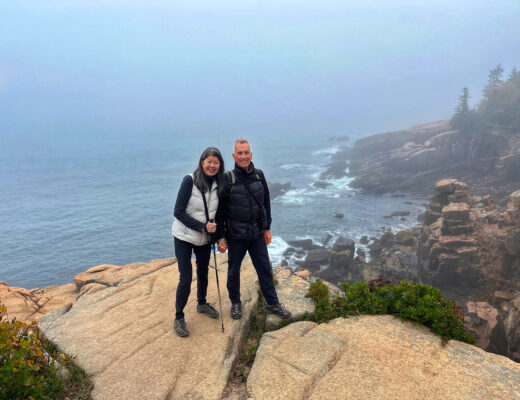
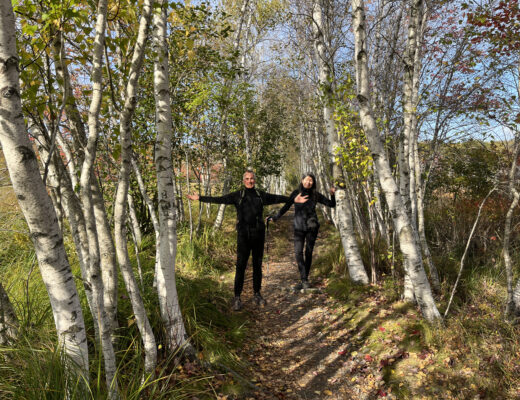

No Comments